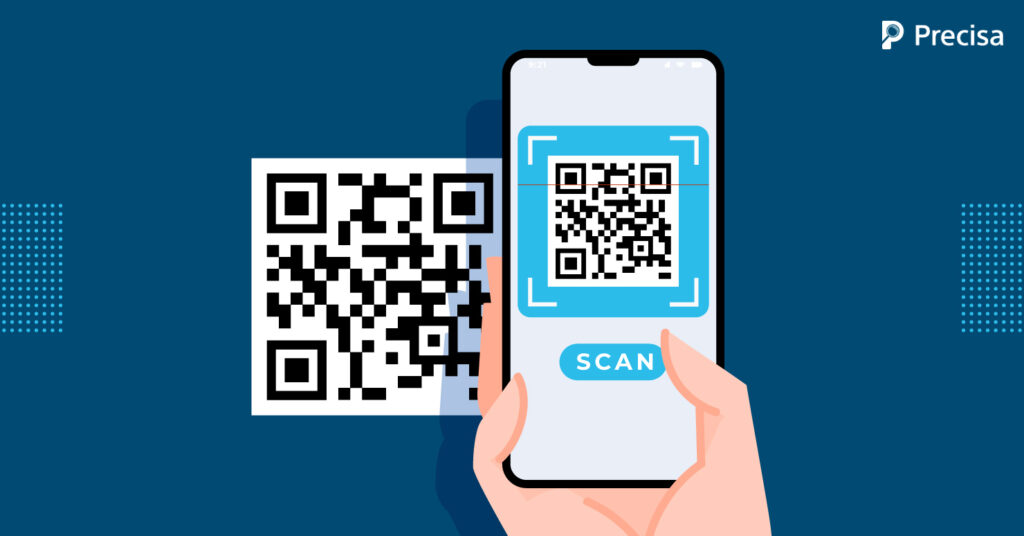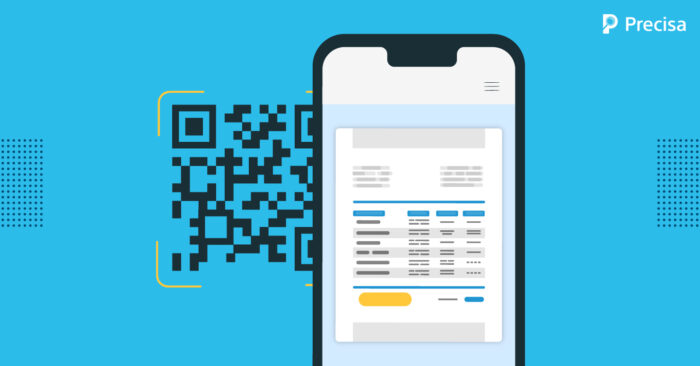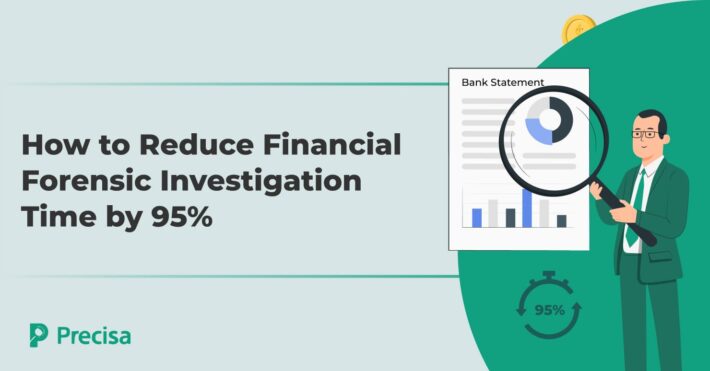Bank Statement Analysis: How QR Codes are Revolutionising Modern Banking System

From food stall owners to rickshaw drivers, restaurants to airports, quick response codes or QR codes have become a staple in the Indian digital payments ecosystem. The entry of fintech startups, the COVID-19 pandemic, and the efforts to improve customer convenience have propelled the demand for QR codes, especially in the emerging Southeastern economies. Currently, multiple public sectors and government banks are deploying their QR codes at merchant locations. They also use it for different applications, including bank statement analysis, managing banking loan recovery transactions, account authentication and digital payments.
While embracing such new-age technologies offers significant benefits to customers and financial institutions, there are a few glaring challenges, such as fraud, online theft, etc. This article delves into the rising trend of QR adoption in banks, mainly how QR codes are used for bank statement analysis to curb document tampering.
Bank Statement Analysis: How India Became One of the Largest QR Code Adopters
The exponential rise in QR codes was influenced by demonetisation in 2016, which paved the way for digital payments. As the acceptance of QR codes increased, several banks, such as ICICI, HDFC, and more, are using QR codes to streamline their internal processes.
One of the key areas where QR codes have shown tremendous promise is bank statement analysis during loan approvals and accessing bank statements without any security risks.
Here are some of the top reasons why banks are swaying toward using QR codes.
Using QR Codes for Bank Statement Analysis and Beyond
As mentioned earlier, banks are staking a claim in the QR technology space and investing considerable resources to provide a seamless customer experience. Let’s examine why the uptake of QR codes is moving on an upward trajectory across the globe among financial institutions.
1. Tamperproof Bank Account Statements
Phishing and other online financial scams have increased exponentially over the past few years. A whopping 500 million phishing scams were reported globally in 2022, compelling financial institutions and other players in the market to tighten their security measures.
Lenders often request loan applicants to share their bank statements and proof of net worth to ensure smooth and hassle-free loan approvals. Loan applicants are required to submit an attested copy of their statements from the issuing bank to complete the process. This is time-consuming and a major inconvenience for the customers and banks.
QR codes with tamperproof security resolve this issue by providing digital access to sensitive data only when the access is validated using a dedicated QR application. With no URLs or dodgy links, QR codes play a crucial role in minimising phishing scams.
2. Faster Loan Approvals
Some overlapping points with the earlier point enable faster loan approvals.
- Loan applicants can share QR-protected bank statements and proof of net worth to secure loans instead of presenting physical copies.
- Additionally, as banks continue to prioritise customer experience, QR codes have become a significant component of their loan disbursement processes.
- Many banks, credit unions, and financial institutions are using QR codes to fast-track loan applications. Loan applicants can simply scan the QR code provided by banks to quickly access the page where they are required to submit their documents.
- QR codes are also utilised to protect bank statements from phishing scams during bank statement analysis.
3. Secured Online Transactions
Many consumers are increasingly turning to online banking as they are frequently on the go and the added convenience. However, due to a lack of digital literacy and the installation of third-party apps, cybercriminals are able to access financial data and lure unwary victims to steal their money.
To effectively counter this issue, more banks are rolling out native banking applications. They are integrating QR code generators and scanners into these apps. Moreover, banks can tweak their banking QR codes to ensure they are only readable through the in-app scanner.
As a result, users would no longer need to install third-party scanners or use their cameras to scan QR codes, ensuring the safety of online transactions are reinforced.
4. Contactless Banking
Contactless or touchless banking has garnered immense popularity in the post-COVID-19 pandemic era. It offers a perfect mix of convenience, efficiency, and safety while completing financial transactions.
The addition of QR codes to the mix has acted as a catalyst to promote touchless loan approval and bank statement analysis, opening up sustainable avenues in the modern banking landscape.
Wrapping Up
In the digital era banking, safety and convenience are two key value pillars. Banks can no longer offer sub-standard services and gain a higher market share in today’s highly-competitive consumer landscape.
With increasing demands for efficient, convenient, and greener banking services, QR codes have rightfully become integral to the modern banking landscape.
Bank statement analysis with QR codes ensures safety and security, preventing fraud and phishing activities. Although the use of QR codes is slowly gaining pace in the banking sector, the adoption is expected to gain momentum in the upcoming years across industries.
As a cloud-based financial analytics platform, Precisa’s bank statement analysis solution is designed to assist financial institutions, credit unions, and other lenders in making informed decisions. It effectively develops precious insights from a customer’s financial data and bank statements.
Book a demo to know more.




